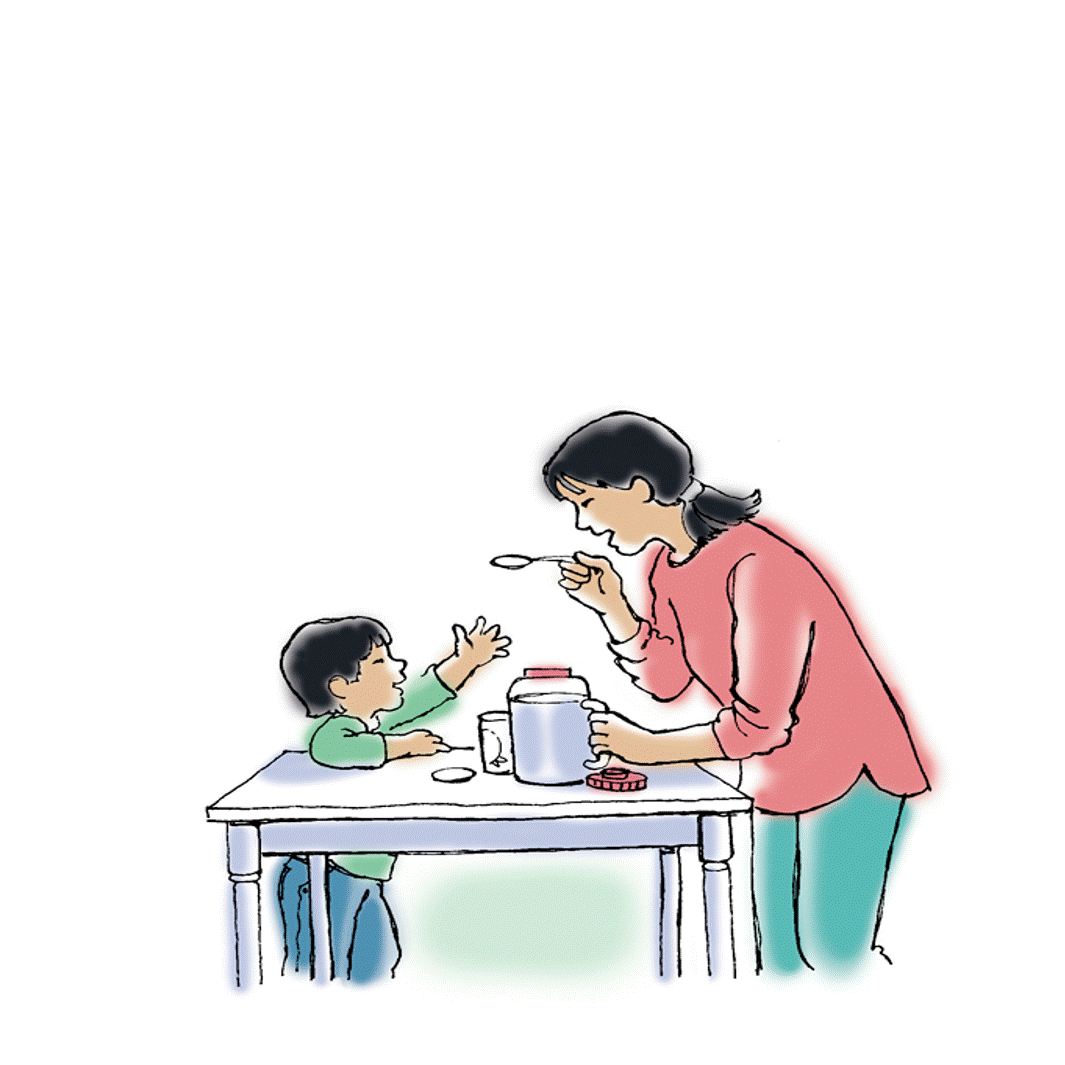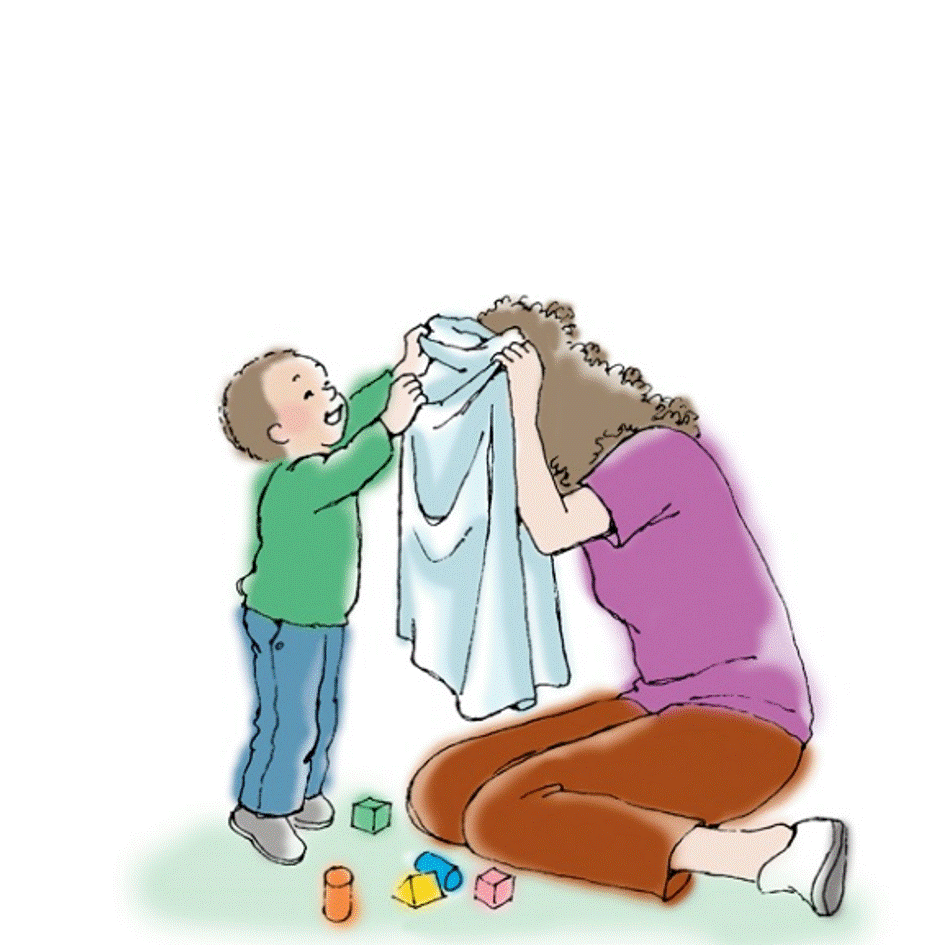Get Into the Habit of Using Routines to Support Families
By: Dashiel Brockman
Hanen SLP and Clinical Staff Writer


The routines in your everyday life might seem a little…well…ordinary.
But for children with language difficulties or disorders, routines are extraordinary opportunities to develop their communication skills. Routines help children connect their everyday experiences with the language we use to talk and think about the world.
Research shows that centering parent-implemented intervention around a family’s routines is an effective way for speech-language pathologists to support both children and parents.
Many routines naturally involve the child and parent’s shared participation in an interaction. For these reasons, routines are introduced early and encouraged often in It Takes Two to Talk® – The Hanen Program® for Parents of Children with Language Delays.
What makes a routine?
Almost anything children and parents do together can be considered a routine. A routine is any activity with a theme or purpose that is repeated often and follows specific steps in a predictable order. The same routine might look a little different or have unique steps for each family. You can guide parents to draw on routines that are special, interesting, and motivating to their child.
In
It Takes Two to Talk, routines are organized into two general types:
daily routines and
people games.
| Daily routines are likely what first come to mind when you think of “routines.” Tasks like feeding, dressing, buckling into a stroller, or getting ready for bed are part of a family’s typical schedule. In some cases, the same routine is encountered and completed multiple times in a single day! |
 |
 |
People games are activities such as songs and games like peek-a-boo, tickling, chasing, or hide-and-seek. In these routines, the interaction between the child and their parent is the central feature of the play. Usually, additional items (e.g., toys) are not part of people games.
Sometimes parents are surprised to learn that people games count as routines. But because these games follow the same steps every time, in a predictable order, and can be played frequently throughout the day, they are highly motivating and fun opportunities to practise communication skills. |
Role-reversal in routines
Within each family’s routines,
both the child and the parent have specific roles. At first, the parent plays a more active role: they start the routine and establish its steps. Once a child has started to use linguistic symbols, they become able to take on the parent’s role in a familiar routine. This is called
role reversal and it involves a specialized form of imitation – i.e., playing their parent’s role in the routine, with the parent now in the child’s original role.
Role reversal is an important part of language learning and generally occurs in three stages:
1.
|
The parent initiates and performs the significant steps in the routine. The child responds to the parent’s actions by performing another action, such as pulling the blanket in the case of a peek-a-boo. |
 |
2.
|
The child initiates to get the parent to perform the steps of the routine. |
 |
3.
|
The child takes on the parent’s role and performs the steps in the same way the parent did. |
 |
The benefits of using routines to support children’s language learning

Parents are often already busy and overwhelmed. Sometimes parents worry they will need to find extra time in the day to support their child’s communication.
Parents’ unique perspectives and values may affect how comfortable they feel using language facilitation strategies while playing with their child. However,
every family has routines they follow with their child.
This means that you can count on routines as a steadfast, inclusive tool in your parent-implemented intervention.
Building language intervention around routines benefits both the child and the parent in two main ways:
|
The child benefits because... |
The parent benfits because... |
| Routines are natural and functional |
Daily routines help the child to learn and use language that is meaningful in the family’s everyday environment.
People games often originate from the child’s interests and/or sensory preferences. They can be played several times in a row, then revisited later. |
Daily routines do not require the parent to find additional time in the day to practise language facilitation strategies.
People games are simple and portable. They can be played whenever the child is interested.
|
| |
|
|
|
The child benefits because... |
The parent benfits because... |
| Routines are predictable, repetitive, and comforting |
Routines use the same language and steps the same way every time. Knowing what’s going to happen next frees up the child’s cognitive resources to focus on the interaction.
There are multiple opportunities to practise the same communication skills again. |
It’s a great way to engage a child in a fun interaction – even with children who are not yet communicating intentionally or consistently.
A fun interaction with communication opportunities can be built from routines the parent already carries out with their child every day. |
To sum up
Using routines benefits both the child’s language learning and the parent’s use of communication strategies. Coaching parents to use routines helps them to focus on their child’s interests and abilities. In
It Takes Two to Talk, parents learn a strategy called SPARK, which helps them ensure that their child takes a turn during the routine by planning
what their child’s turn will be, as well as identifying
when they will wait for their child to take that turn.
Becoming certified in
It Takes Two to Talk provides you with training in how to harness the power of routines in your parent-implemented intervention. You can receive Hanen training even while you are a student so that, once you graduate, you are ready to meet the needs of the families you serve. Learn more about the
It Takes Two to Talk subsidy for students.
Back to student portal
References
Brown, J. A., & Woods, J. J. (2015). Effects of a triadic parent-implemented home-based communication intervention for toddlers.
Journal of Early Intervention, 37(1), 44–68. https://doi.org/10.1177/1053815115589350
Ratner, N., & Bruner, J. (1978). Games, social exchange and the acquisition of language.
Journal of Child Language, 5(3), 391–401. https://doi.org/10.1017/s0305000900002063
Romano, M., Lorio, C., Delehanty, A., Eugenio, J., Abarca, D., Trivedi, B., & Brown, J. A. (2022). Family routines within caregiver-implemented early interventions: A scoping review.
Journal of Early Intervention, 44(4), 371–392. https://doi.org/10.1177/10538151211062206
Sussman, F. (2012).
More Than Words: A Parent’s Guide to Building Interaction and Language Skills for Children with Autism Spectrum Disorder or Social Communication Difficulties, 2nd ed. Toronto, Ontario: The Hanen Centre.
Weitzman, E. (2017).
It Takes Two to Talk: A Practical Guide for Parents of Children with Language Delays, 5th ed. Toronto, Ontario: The Hanen Centre.